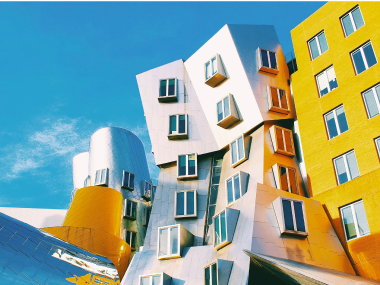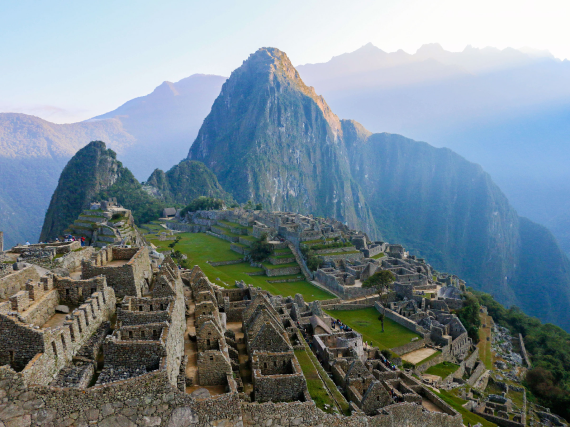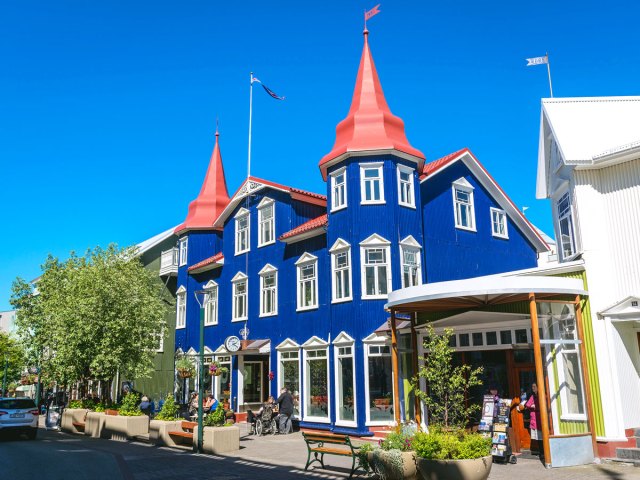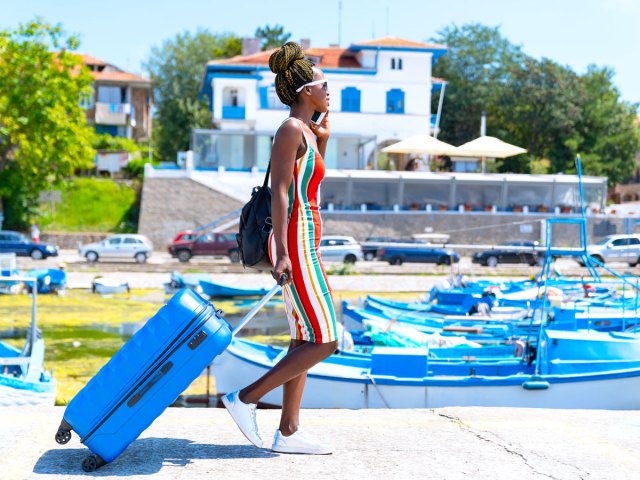If you know one thing about the country of Andorra, you probably know that it’s extremely tiny. The European microstate has an area of just 181 square miles, making it the 16th-smallest nation in the world. Despite its diminutive size, there’s much to discover about this Pyrenean paradise, which is landlocked between France and Spain. Indeed, there are several quirks that make Andorra unlike anywhere else on the the planet. Discover seven fascinating facts about the Principality of Andorra.
Catalan Is the Sole Official Language

Over 85,000 people call Andorra home, and 44.1% of them speak Catalan. Meanwhile, 40.3% of locals speak Castilian (a regional Spanish dialect), while 13.5% speak Portuguese, 10% speak French, and 3% speak English, according to data from the CIA World Factbook.
Catalan is a Romance language spoken not only in Andorra, but also in the Catalonia region and other parts of Spain, such as the Balearic Islands, as well as in the Roussillon region of France and Alghero, Italy. The language shares linguistic similarities with Occitan (a language spoken in southern France) and Spanish to a lesser extent. Despite the numerous other languages spoken in Andorra, Catalan was declared the country’s sole official language upon adoption of the national constitution in 1993.
It Has the Highest Capital in Europe
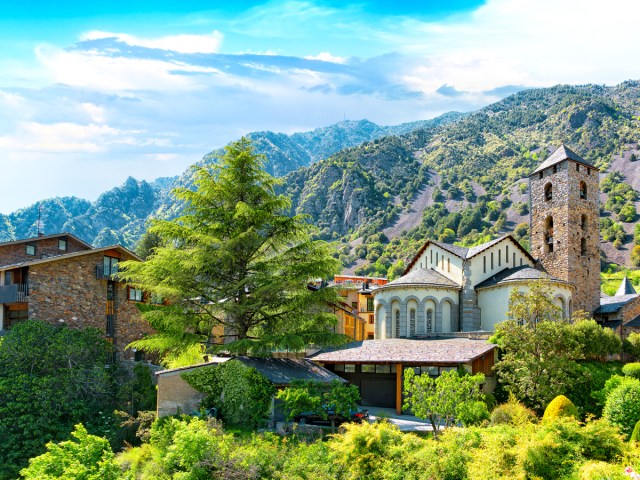
Andorra la Vella, Andorra’s capital city, sits at an elevation of 3,356 feet above sea level. This surpasses all other European capitals, even the likes of San Marino (2,457 feet) and Madrid, Spain (2,119 feet). However, it’s far from the world’s highest capital city — that honor goes to La Paz, Bolivia, which sits at a lofty elevation of 11,942 feet above sea level.
The reason Andorra la Vella has such a high elevation is because of its geographic location in the eastern Pyrenees mountains. The city is landlocked in the narrow Gran Valira valley, which left it isolated for most of its history. In the 1930s, carriage roads were constructed to connect Andorra la Vella with neighboring municipalities, transforming the once-remote city into a commercial hub that was easy to access from both France and Spain.
It’s the Largest Country Without an Airport

Andorra is the world’s largest sovereign state — in terms of both area and population — without an airport. While plans for an Andorran airport have been floated over the years, the idea has thus far failed to come to fruition. Instead, the nearest major airport is a 2.5-hour drive away in Barcelona, Spain; alternatively, you can take a slightly longer drive to Toulouse, France.
There is also a small single-runway airport closer to Andorra’s capital. The Andorra-La Seu d’Urgell airport is a 30-minute drive from Andorra la Vella, but it’s technically located in Spain. The country does have three heliports within its borders, though: One is located in the capital, another in the parish of La Massana, and a third in the border village of Arinsal.
There’s Also No Train Station
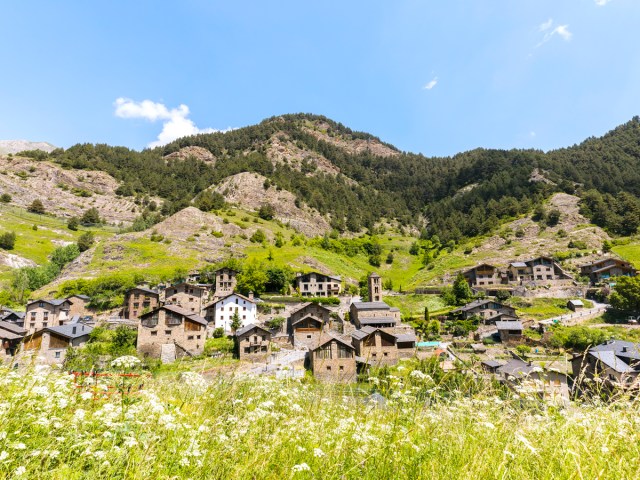
There are no train stations to be found in Andorra, either. That is primarily due to the country’s difficult mountain terrain and its small size, both of which render the idea of trains costly and unnecessary. The nearest station is located across the French border in a nearby commune called L’Hospitalet-près-l’Andorre. This station is part of a French rail network offering direct service to Toulouse, which is roughly 2.5 hours away. The station is a 15-minute drive to the Andorran border, and nearly an hour’s drive to the Andorran capital.
Tourism Accounts for 80% of Andorra’s GDP

According to the U.S. State Department, roughly 80% of Andorra’s gross domestic product (GDP) comes from tourism and related services. Other popular industries include banking (Andorra was once considered a tax haven) and agriculture, though the GDP generated from those sectors pales in comparison to the bustling tourism industry.
Shopping is one of the biggest reasons tourists flock to Andorra. The country not only offers a plethora of duty-free goods, but also has a far lower value-added tax (VAT) than nearby nations. The standard VAT rate in Andorra is only 4.5%, compared to 20% in France and 21% in Spain.
Another major component of the Andorra tourism industry is skiing. Because of its location within the Pyrenees mountains, there are around 186 miles of ski slopes and three ski resorts to explore in Andorra, including Ordino Arcalís, Pal Arinsal, and Grandvalira.
The French President Serves as Co-Prince

While other countries such as Liechtenstein and Monaco are ruled by a prince, Andorra is the world’s only co-principality, meaning there are two people who jointly serve as prince. One is the president of France, a role held by Emmanuel Macron since 2017, while the other is the Bishop of Urgell — a role in the Spanish Catholic Church held by Joan-Enric Vives since 2003.
This unique agreement began with a treaty signed in 1278, which required Andorra to pay a tribute to the French prince during odd years and the Spanish prince during even years. (The latter once included a gift of six hams, six cheeses, and six live chickens.) This arrangement was dissolved in 1993 when the current Andorran Constitution was signed, which also formally defined the roles of Andorra’s co-princes.
The co-princes are generally not involved in legislative affairs and mainly stick to attending ceremonial events. However, they maintain a right to enact and veto legislation. Some have even threatened to abdicate the position in the past if a proposed law wasn’t to their liking.
Andorra Has More Museums Per Capita Than Any Country in Europe
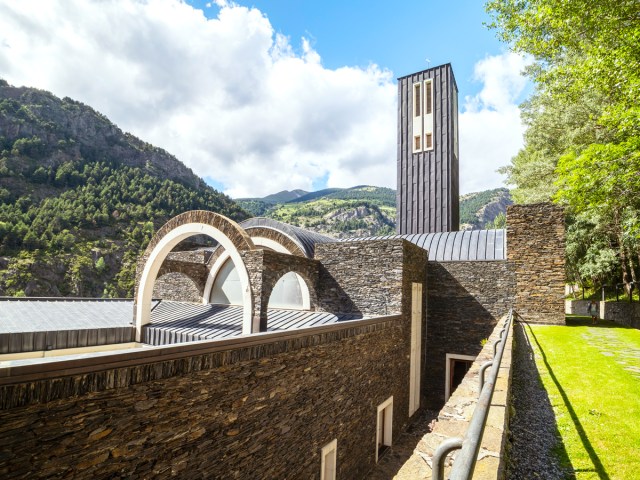
According to a 2020 UNESCO report, Andorra has 324.7 museums per million inhabitants. Of course, Andorra doesn’t have 324 museums, nor 1 million residents — but with 25 museums and a population of 85,000, it has more museums per capita than any country on the continent. (It’s worth noting that the self-governing Pacific Island of Niue has 625 museums per million people, but Niue works in free association with New Zealand while Andorra is an entirely independent country.)
Some of the most popular museums in Andorra include the National Automobile Museum, the MW Electricity Museum, and the Holy Art Museum, the last of which contains liturgical objects dating to the 14th century.
More from our network
Daily Passport is part of Optimism, which publishes content that uplifts, informs, and inspires.
